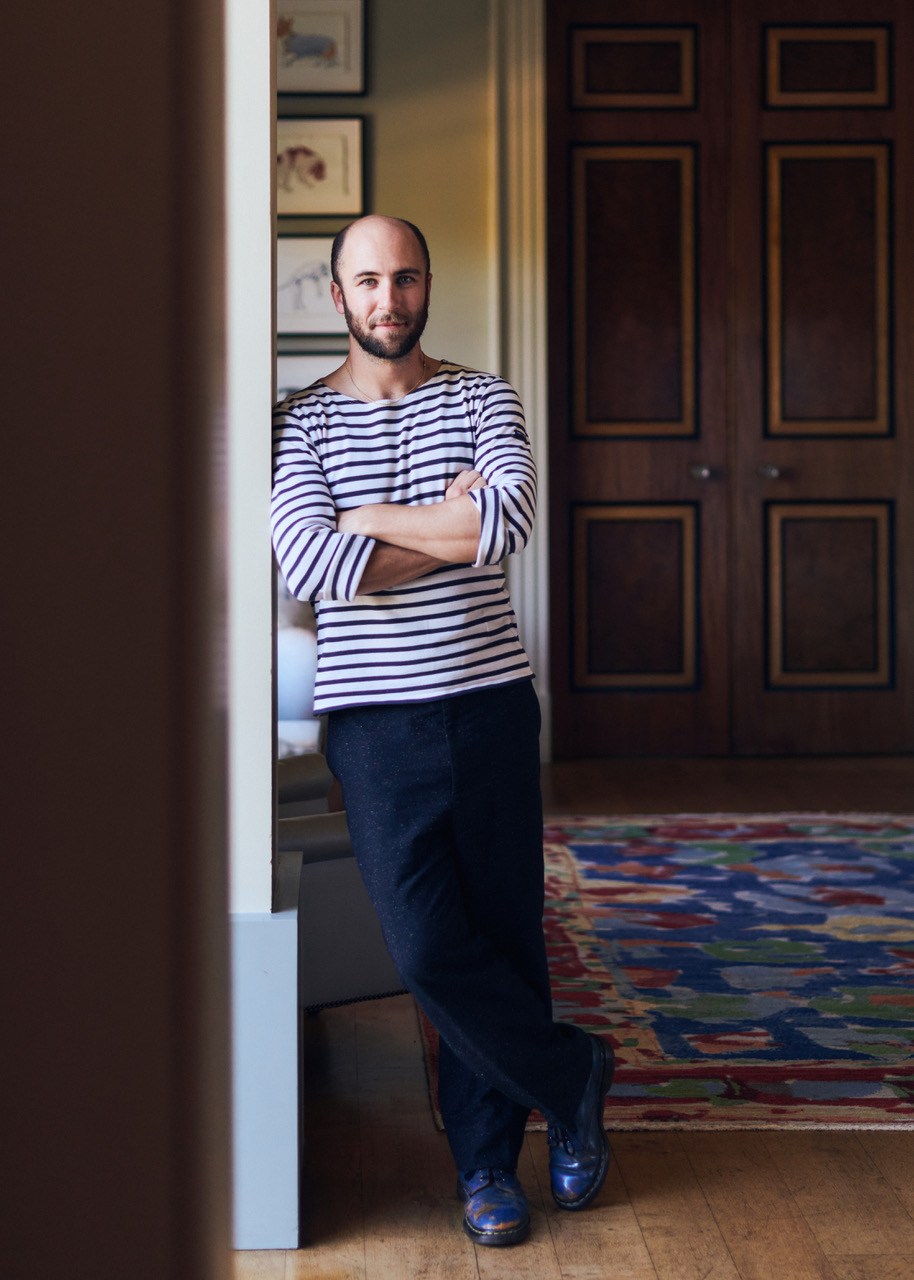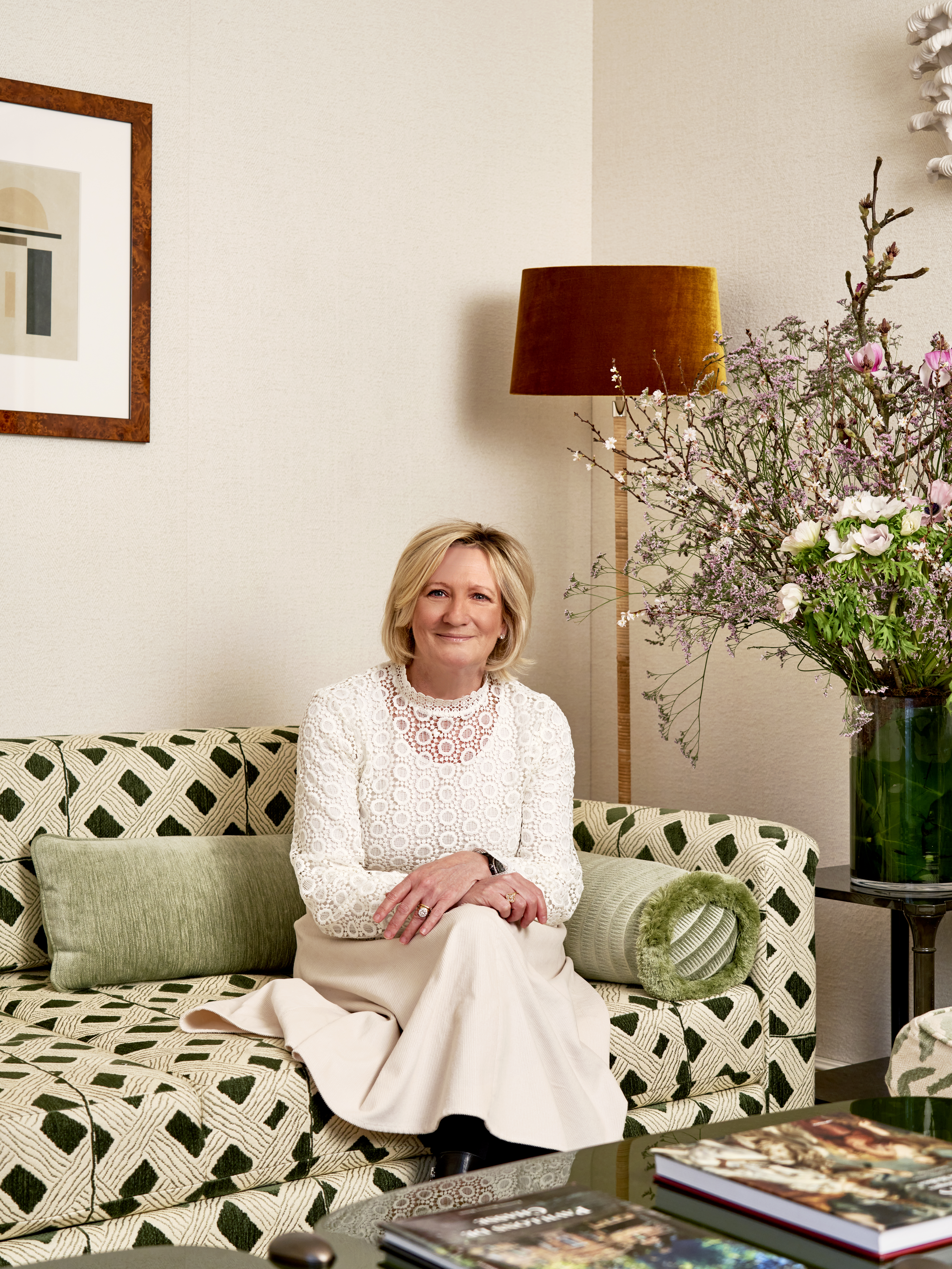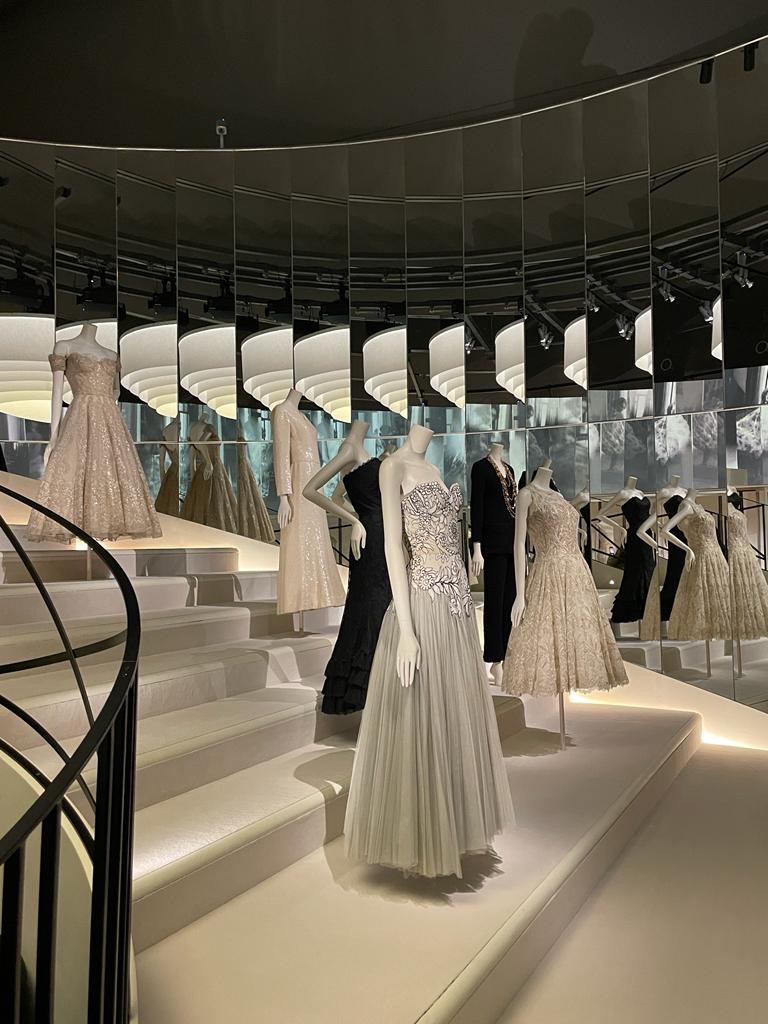Creative Confessions: Five minutes with Carrie Scott
We talk to renowned curator, author, art historian and presenter about her current obsession with female photographers, the impact of the city and suburbia on her life and career, and her largest exhibition ever.
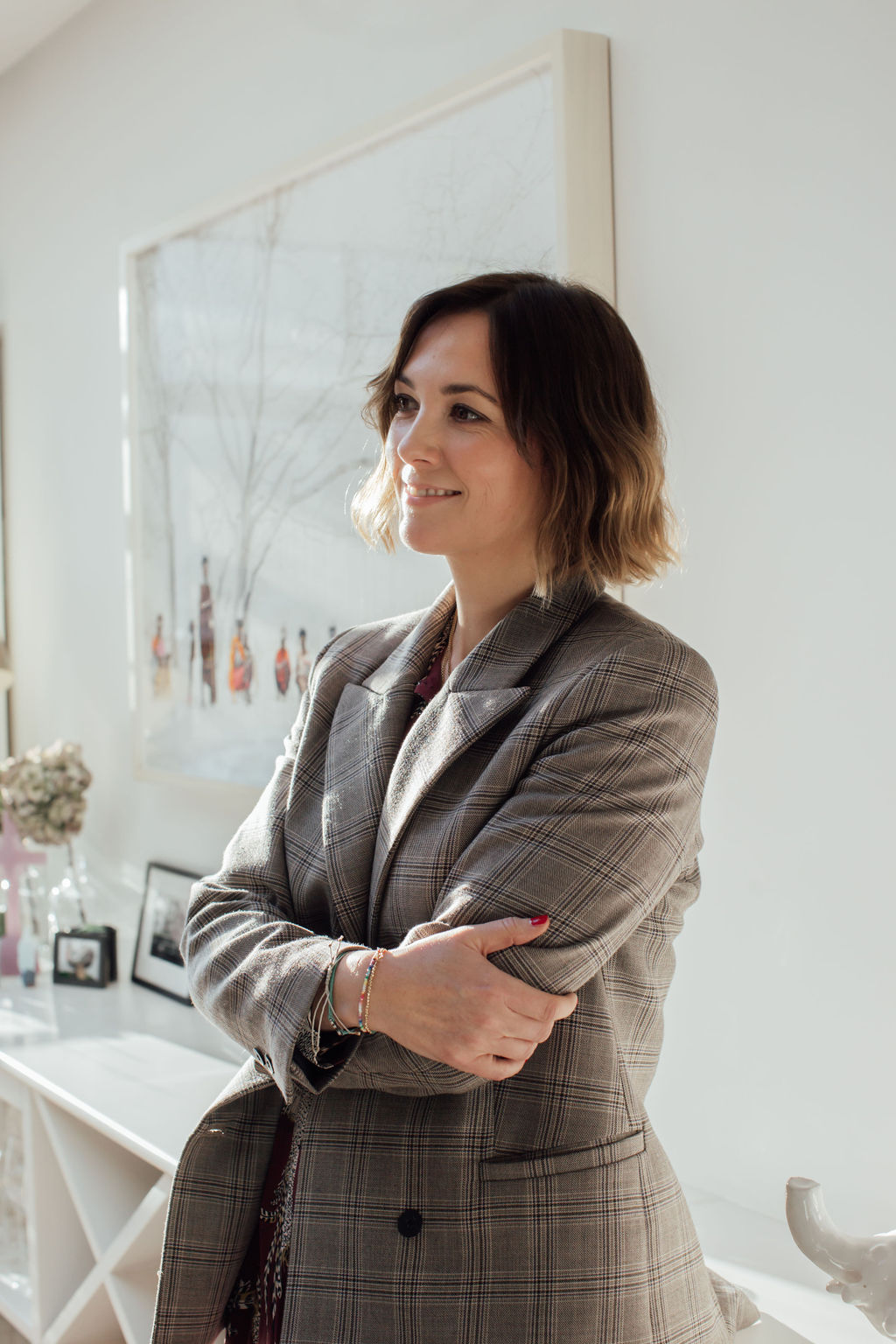
American-English curator, art historian, writer and TV presenter Carrie Scott has worked internationally with a number of leading galleries, collectors and artists over the past 16 years. Since her first exhibition of note with Seattle’s James Harris Gallery – the first solo show of Rashid Johnson’s work outside of Chicago – she has launched her own art consultancy, gallery and curatorial endeavour. Operating outside of the traditional gallery model allows her to look after artists and collectors more unswervingly. Over the past 12 years, these artists have included Nick Knight, Bindi Vora, John Pawson, Harold Feinstein, Marina Shacola and Federico Pestilli. Scott has also published numerous articles and essays on artists and interviewed several as a presenter on The Art Show.
Carrie Scott & Partners launched in 2009 to disrupt the art world and exist beyond traditional gallery walls. In 2018, Scott curated the largest independent photography show for the Store x, 180 Strand, 'A Shade of Pale', exhibiting 470 photographs and featuring 320 images from John Pawson’s series 'Spectrum' suspended in space. In 2020, Scott teamed up with curator and gallerist David Hill to present a groundbreaking exhibition on West African Portraiture. They went on to debut new work by Ben Hassett, Rachidi Bissiriou and Baldwin Lee.
***
CAN YOU SHARE WITH US YOUR JOURNEY INTO THE WORLD OF PHOTOGRAPHY CURATION AND WHAT INITIALLY DREW YOU TO THIS FIELD?
For as long as I can remember, I have loved photography. My godfather gave me my first camera - a Nikon. I loved it so much. I thought everything about it was perfect. I can still remember saving the Nikon branded plastic bag it came in, with this vivid blue and yellow logo. I was obsessed. My granddad then also gave me a Rolliflex that he didn’t use. I didn’t ever shoot anything of note with either of them, but I loved the idea of photography, of memory, and of creating art from life. And those two cameras were symbols of the power of photography. I’ve moved so much in my life that I don’t have either anymore. That bugs me.
The first photography exhibition I can remember going to was [Richard] Avedon’s Evidence at the Whitney. I don’t know who I went with but I looked up the date of that show recently. I would have been 15 at the time. It was a big survey show. There were the biggest prints I had ever seen - literally printed larger than life. One room had this long, monumental shot of women and men both dressed and undressed; their crotches were almost at eye level. And the prints weren’t framed. I remember being so amazed by how brave the whole show felt. So unapologetic. So celebratory, of life, and beauty and detail. So urgent. I was hooked.
It’s funny - in the context of remembering the Nikon logo, I can also vividly remember the font on the exhibition catalogue. It was big, bold and declarative. So while I think it’s totally impossible to understand how a persons’ passion begins, for me, there has always been something about photography.
PHOTOGRAPHY SPANS A RICH HISTORY WITH VARIOUS PERIODS AND STYLES. ARE THERE SPECIFIC HISTORICAL PERIODS OF PHOTOGRAPHY THAT YOU HAVE A PARTICULAR AFFINITY FOR, AND IF SO, WHAT ASPECTS OF THOSE PERIODS RESONATE WITH YOU?
A great photograph helps us see better. I’m pretty sure I am stealing that line from someone, but I don’t know who. Photography is, for me, all about looking and seeing something that you might miss otherwise. A great photo begs you to invent a narrative about the people and the thing you are looking at. It’s a magical empathy tool. I immediately try to understand what the subjects are feeling. I also think about what the photographer was going for.
As a result, I don’t think there’s any one period that resonates more than another. I remember looking at the great American photographers in high school and thinking they were exceptional and that no one could touch them. Then I discovered street art, and photographers like Harold Feinstein, and I got hooked on them. Now I love a great nude (I’m seriously obsessed, especially, with female photographers like Neeltje de Vries, Marilyn Minter and Mona Kuhn reclaiming the male gaze). In other words, I don’t love a genre, I love a photographer and their body of work.

'BY THE POOL' BY NEELTJE DE VRIES
THE ART WORLD IS CONSTANTLY EVOLVING, AND TRENDS IN PHOTOGRAPHY ALSO SHIFT OVER TIME. HOW HAVE YOU OBSERVED THE TASTES AND INTERESTS OF YOUR CLIENTS CHANGE IN RELATION TO PHOTOGRAPHY, AND HOW DO YOU ADAPT TO MEET THESE EVOLVING DEMANDS?
Oh gosh. I don’t know that I do follow trends. I just try to keep up with the artists I work with. And of course, follow the lead of the clients, and understand what they are looking for. I pride myself on sourcing the best work, at the best price, and so long as I do that, I don’t need to bend to changing demands.
That said, for a while clients wanted really special things that sit at either end of the spectrum - both small vintage gems, and massive contemporary prints. And nothing in-between. That feels like it’s shifting a little, but it was curious to me that the mid-scale, more domestic sized pieces were being overlooked.
IN THE REALM OF CONTEMPORARY PHOTOGRAPHY, ARE THERE ANY EMERGING PHOTOGRAPHERS OR ARTISTS WHOSE WORK HAS CAUGHT YOUR ATTENTION RECENTLY? WHAT IS IT ABOUT THEIR PHOTOGRAPHY THAT STANDS OUT TO YOU?
I’m totally blown away by Neeltje de Vries work. I mentioned her earlier, she creates black and white nudes that do something really special. I haven’t quite figured out why they resonate so much, but they do. I also absolutely love Bindi Vora’s work but I get to work with her, so I am totally biased. That said, I work with her for good reason; every single series she has created hits me hard. All of Bindi’s work has a quiet power that seeps into you the more you look at her work. She also works across series, as if she is trying to answer a question she has posed to herself.
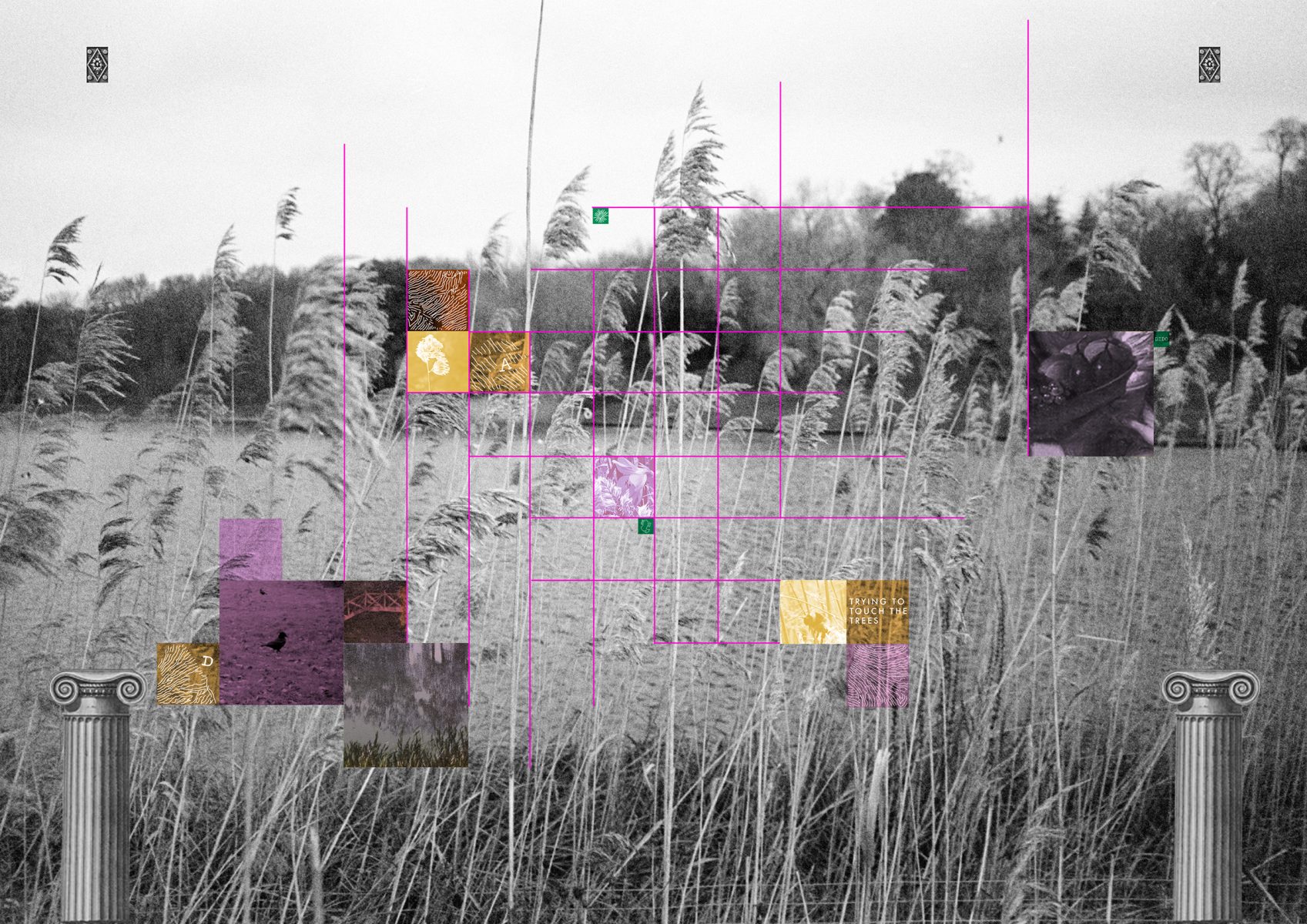
'TRYING TO TOUCH THE TREES' BY BINDI VORA
CITIES OFTEN PLAY A SIGNIFICANT ROLE IN SHAPING ARTISTIC PERSPECTIVE. IS THERE A PARTICULAR CITY THAT HAS PROFOUNDLY INSPIRED YOUR WORK AS A CURATOR, AND IF SO, WHAT ELEMENTS OF THAT CITY'S CULTURE OR ATMOSPHERE HAVE LEFT A LASTING IMPACT ON YOU?
I grew up with my Dad being in the UK, while I was in the States. Both sets of my parents lived about an hour from major cities; London and New York. These cities loomed large in my life. They had the museums and the art and the character that so desperately interested me. But they were kept at arms length. I was stuck in suburbia. And that did have a huge impact on me. I wanted the city, the vibrancy, the noise, the creativity, but couldn’t get it. So even now, I try to bring the sense of discovery you get when you’re exploring a city into all of my exhibitions. I want there to be an element of surprise.
AS A CURATOR, YOU WORK CLOSELY WITH PHOTOGRAPHERS AND ARTISTS TO SHAPE EXHIBITIONS AND COLLECTIONS. CAN YOU SHARE A MEMORABLE COLLABORATION OR PROJECT THAT YOU'D BEEN A PART OF, AND WHAT MADE IT PARTICULARLY SIGNIFICANT OR CHALLENGING?
In 2018, I curated the largest independent exhibition of photography maybe ever, A Shade of Pale. We had over 400 individual works in a show that was spread out over two floors at 180 Strand in London. This was before 180 Strand became the destination it now is. We had a temporary entrance, and construction going on all around us, but we launched this extraordinary show - with established names like John Pawson and emerging artists (in fact that was the first time I worked with Bindi Vora) and the show unfolded across two floors. It had a real element of surprise to it. And I loved that part of it. It was totally unexpected. But it was also such a giant feat to organise. 11 artists. Hundreds of works. It definitely pushed me to the edge of what I was capable of. But what left the biggest impression from the whole experience, was not how hard it was, but that the artists and the owner of 180 almost believed in my vision before I did. After that show, I started to trust myself a little more.
PHOTOGRAPHY HAS THE POWER TO EVOKE STRONG EMOTIONS AND CONVEY POWERFUL MESSAGES. ARE THERE SPECIFIC THEMES OR NARRATIVES IN PHOTOGRAPHY THAT YOU FIND PARTICULARLY COMPELLING OR IMPORTANT TO EXPLORE IN YOUR CURATION WORK?
I think empathy is at the core of everything I do. I want people to see the world from a new perspective so that they can understand different view points. Photography is uniquely positioned to have this power.
I also think beauty is important, not in a traditional way, but I like introducing people to new forms of beauty. Take Casey Moore’s But For The Wisdom series as an example. His dense and layered compositions are a tangled mess of impossible, elegant beauty. They show abundance and nature and show us a way of looking at the world around us in a different way. Not by isolating nature, but by leaning in to its chaotic beauty. I can honestly say, that I look differently since working with Casey.
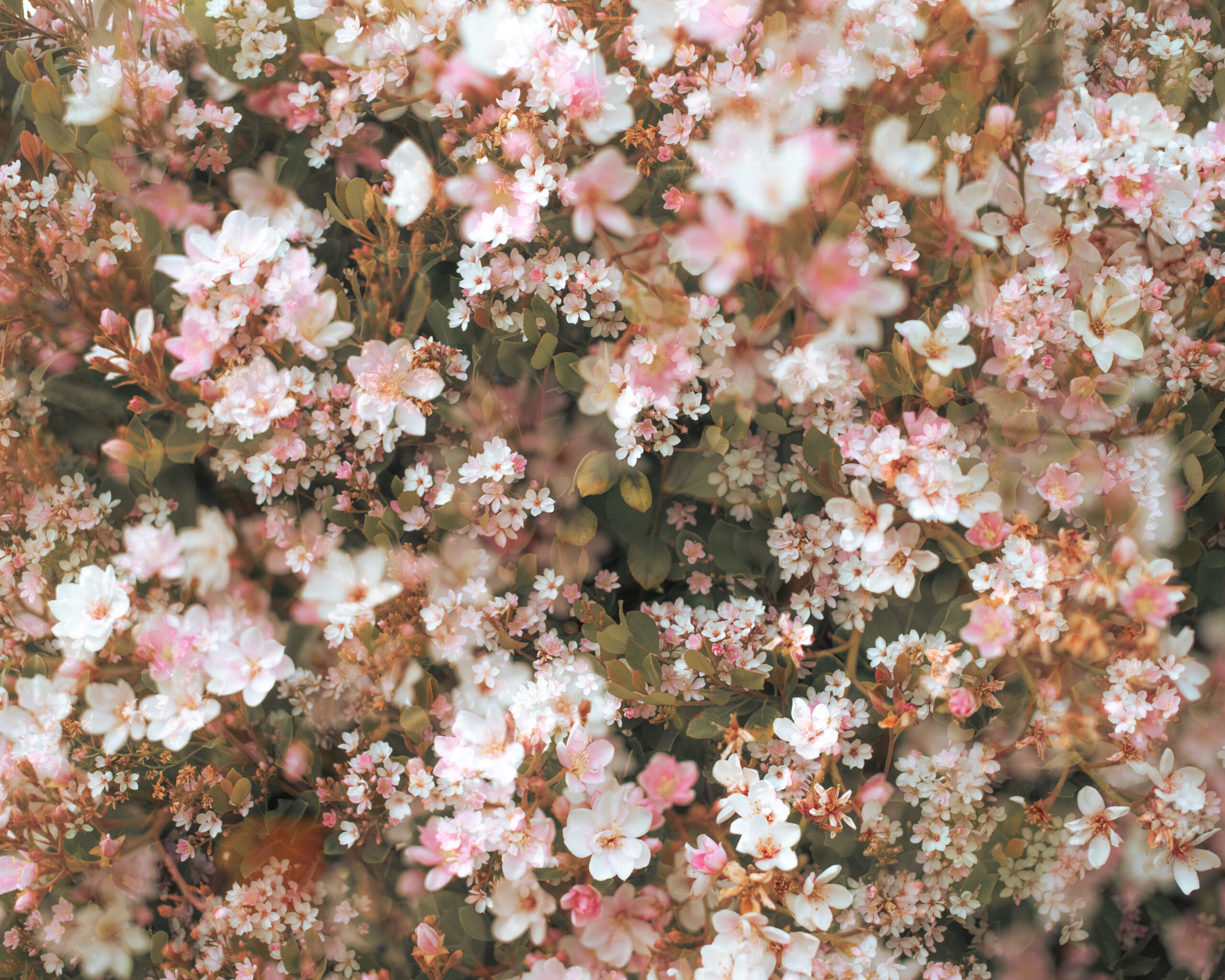
'BLOSSOM', BUT FOR THE WISDOM BY CASEY MOORE
THE WORLD OF PHOTOGRAPHY IS HIGHLY DYNAMIC, WITH TECHNOLOGICAL ADVANCEMENTS CONTINUALLY INFLUENCING THE MEDIUM. HOW DO YOU STAY UPDATED ON THE LATEST DEVELOPMENTS IN PHOTOGRAPHY AND INTEGRATE THESE CHANGES INTO YOUR CURATORIAL APPROACH?
Most photography today is totally different from photography 20 years ago. The tools aren’t the same. The printing process has changed. And so few artists know what a dark room is.
As a result, I hesitate to call people “photographers”. The term image maker is a better way to describe the practice of so many artists today. It’s important to embrace both, but also draw a line between them.
COLLABORATION IS OFTEN CRUCIAL IN THE WORLD OF INTERIOR DESIGN AND PHOTOGRAPHY CURATION. COULD YOU DESCRIBE HOW YOU WORK WITH INTERIOR DESIGNERS TO CURATE PHOTOGRAPHY COLLECTIONS THAT COMPLEMENT AND ENHANCE THEIR DESIGN PROJECTS?
Collaboration is just so essential for life, isn’t it? Everything is better when you work with people, not for them… or against them for that matter.
When I am working with an interior designer this is especially true, because we have to think long and hard about how the client is going to live with the work. And having an interior designer there to pull in objects that will compliment an artwork, and celebrate it, just makes these projects so much more dynamic. I only work with a handful of interior designers as a result. It’s such an intimate, fulfilling collaboration that I like to protect those relationships.
INTERIOR DESIGNERS FREQUENTLY SEEK ARTWORK, INCLUDING PHOTOGRAPHY, TO COMPLETE THEIR PROJECTS. HOW DO YOU UNDERSTAND THE DESIGN VISION AND AESTHETIC PREFERENCES OF INTERIOR DESIGNERS, AND HOW DO YOU TAILOR YOUR CURATION TO ALIGN WITH THEIR CREATIVE OBJECTIVES?
When I work with interior designers, it’s really not about my vision. I have to listen to the client and the interior designers’ goals and desires for the space. So this is a totally different muscle than the one I use to curate a show in that does in a space with four white walls.
To start, I always ask a million questions - about how the space is going to be used, about artists they like and aesthetics they are drawn to. I ask about color and light in the space. And then I go away and put together a rather vast proposal of possible works. From there we edit and edit and edit, and think about the relationships between artworks and objects in the room. It’s a giant puzzle and (usually) super fun.
LOOKING AHEAD, WHAT EXCITING EXHIBITIONS OR PROJECTS CAN WE ANTICIPATE FROM YOUR CURATORIAL ENDEAVOURS IN THE NEAR FUTURE, AND HOW DO YOU ENVISION THE ROLE OF PHOTOGRAPHY CURATION EVOLVING IN THE COMING YEARS?
I am in the middle of curating an exhibition of the phenomenal photographer Jane Hilton. It’ll open in November in her studio space in London. I love the idea that the works will be on view in a space she shoots in. We wanted some intimacy as the work - which is focused on the American West - is both expansive and deeply personal.
In early 2024, I am also going to be launching SEEN.art which is a next generation art consultancy, with real-time communication and short form video-on-demand at our core. I think taking curation and consulting online is the natural next step for me and will help put more art in front of more people which, ultimately, is my biggest goal. I think art can change the world, we just need to make sure people get to see it.
